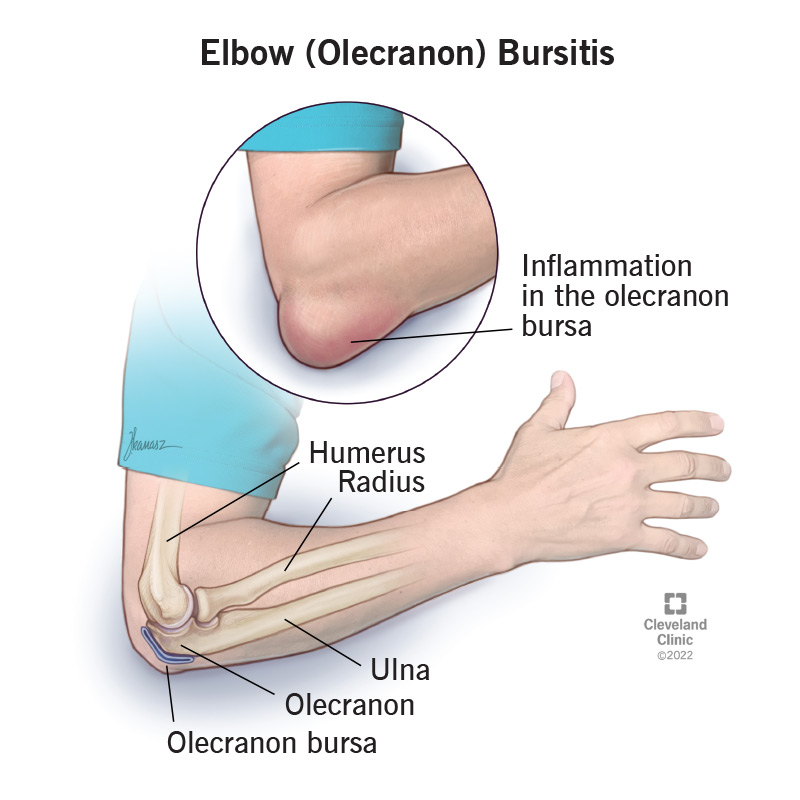Bursas Thermal Baths And Their Historical Significance
Share
Bursa, a city located in northwestern Turkey, is renowned for its rich history and stunning architecture. Among its many attractions, the thermal baths stand out not only for their therapeutic benefits but also for their deep historical roots. This article will guide you through the fascinating world of Bursa's thermal baths, their significance throughout history, and why they should be on your travel itinerary.
The Origins of Bursa's Thermal Baths
Bursa's thermal baths date back to the Roman era, making them some of the oldest in the region. The city's natural hot springs have been utilized for centuries, with the Romans being the first to harness their healing properties. The baths were not only a place for relaxation but also served as social hubs where people gathered to discuss politics, philosophy, and daily life.
Architectural Marvels
The thermal baths in Bursa are architectural masterpieces that reflect the styles of various eras. The most famous of these baths include the Çekirge Baths, Küçük Baths, and Muradiye Baths. Each of these structures showcases intricate tile work, grand domes, and beautiful fountains, making them a feast for the eyes as well as a sanctuary for the body.
Çekirge Baths
The Çekirge Baths are among the most popular thermal baths in Bursa. They are known for their high-quality mineral waters, which are believed to cure various ailments. The architecture of the baths features a blend of Ottoman and Byzantine styles, making it a historical landmark worth visiting.
Küçük Baths
Küçük Baths, built in the 15th century, are another gem in Bursa's thermal bath collection. They offer a more intimate setting compared to the larger baths and are perfect for those seeking a quieter experience. The baths are adorned with beautiful mosaics and provide a glimpse into the luxurious lifestyle of the Ottoman elite.
Muradiye Baths
Muradiye Baths are famous for their historical significance and stunning architecture. Built during the reign of Sultan Murad II, these baths are a testament to the grandeur of the Ottoman Empire. The baths are surrounded by lush gardens, providing a serene environment for relaxation.
Health Benefits of Thermal Baths
The thermal waters of Bursa are rich in minerals such as calcium, magnesium, and sulfur, which are known for their healing properties. Visitors to the baths often report relief from various conditions, including:
- Muscle and Joint Pain: The heat and minerals help to soothe sore muscles and joints, making them ideal for those with arthritis or other chronic pain conditions.
- Skin Conditions: The mineral-rich waters can improve skin health, helping to alleviate conditions like eczema and psoriasis.
- Stress Relief: The calming atmosphere of the baths provides an excellent escape from the hustle and bustle of daily life, promoting relaxation and mental well-being.
Cultural Significance
Bursa's thermal baths are not just places for physical healing; they also hold cultural significance. They have been a part of Turkish social life for centuries, where people come together to unwind and connect. The baths have been featured in literature and art, symbolizing relaxation and community.
Best Time to Visit Bursa
The ideal time to visit Bursa for its thermal baths is during the spring (April to June) and autumn (September to November) months. During these periods, the weather is mild, making it perfect for enjoying the outdoor areas surrounding the baths. Summer can be quite hot, while winter may deter some visitors due to the colder temperatures.
Weather Information
- Spring: Average temperatures range from 15°C to 25°C (59°F to 77°F).
- Summer: Average temperatures can reach up to 35°C (95°F).
- Autumn: Average temperatures range from 10°C to 20°C (50°F to 68°F).
- Winter: Average temperatures drop to around 0°C to 10°C (32°F to 50°F).
How to Get There
Bursa is easily accessible from Istanbul, making it a perfect day trip or weekend getaway. You can reach Bursa by bus, ferry, or car. The journey takes approximately 2-3 hours, depending on your mode of transportation.
Booking Your Trip
To make your travel planning easier, consider booking your hotels and flights through the following links:
- Hotels & Flights: Book Here
- Transfers: Book Transfers
Things to Do in Bursa
While the thermal baths are a must-visit, Bursa has much more to offer. Here are some additional attractions to consider:
- Uludağ National Park: Perfect for hiking and skiing, depending on the season.
- Grand Mosque (Ulu Camii): A stunning example of early Ottoman architecture.
- Koza Han: A historic silk market where you can shop for local textiles.
Conclusion
Bursa's thermal baths are not just a place for relaxation; they are a gateway to the city's rich history and culture. With their therapeutic benefits and stunning architecture, these baths offer a unique experience that combines wellness with historical significance. Whether you're seeking relief from ailments or simply looking to unwind, Bursa's thermal baths should be at the top of your travel list. So pack your bags and prepare for a rejuvenating experience in one of Turkey's most beautiful cities!




